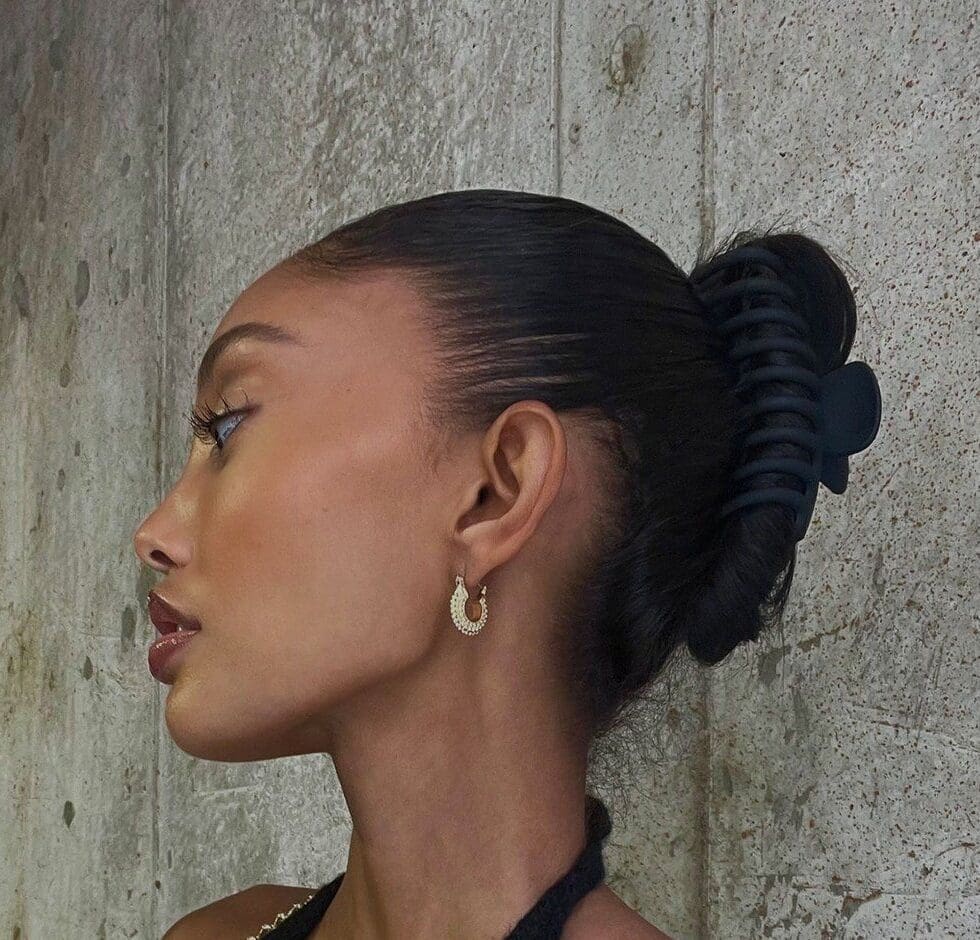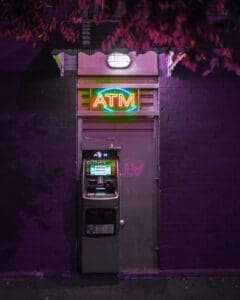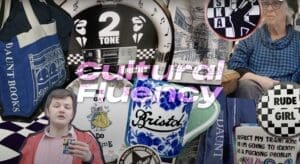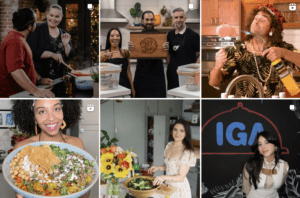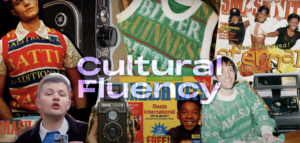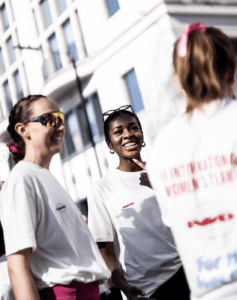Written by Laina Claydon.
#CleanGirlAesthetic is the latest lifestyle trend taking over TikTok, with over 300 million views. #CleanMakeup even has 400million views on the platform. clean girl aesthetic
Both hashtags showcase natural or minimal makeup looks that creators like Tasha Green are known for and according to creators like Geena Hunt, to achieve the ‘clean girl’ look you only need tinted moisturiser, light concealer, eyebrow pomade, lip balm, tints and oils. It sounds simple and achievable, but is it?

As you scroll through the hashtag, you’ll notice that #CleanGirlAesthetic is not just about makeup – it covers all things lifestyle and having the perfect organised life. You may also notice one common anomaly under #CleanMakeup and that is that most, if not all, of the advocates of this beauty trend seem to have poreless, clear skin.
Like with any trend, there is always the question of appropriateness and inclusivity. With the premise of the #CleanGirlAesthetic being about slicked-back hair, minimal makeup over glossy, buttery skin and gold hoop earrings, some creators have questioned how the trend caters to those with acne and hyperpigmentation.
Others have even come forward to critique the choice of wording. On first look, the term “Clean Girl” alone represents those with clear glossy skin and perfectly placed hair, suggesting that those with blemishes, texturised skin and untamed hair are ‘dirty’. Creators such as Uche Natori went as far as to tweet that the beauty trend is ‘anti-black’ as Black girls need “coverage and structure”.
TikTok creator Katouche Goll explained further that the “clean girl look relies on prerequisite terms of how you are supposed to look”, which vilifies those who fail to meet those terms. It further asserts that people who don’t fall into this westernised beauty standard are not worthy of being celebrated.

Beauty influencers like Rikki Sandhu and Izzie Rodgers, however, are championing and reimagining the so-called ‘clean girl make-up’ and ‘clean girl’ aesthetic.
And it is worth celebrating those taking the trend in the right direction.
Creators I am Dodo and Neenz have also taken the opportunity to adapt the trend to fit their own aesthetical needs with the creation of #cleangirlaestheticblackgirl and #cleanmakeupforblackgirls. These hashtags were created to allow accessibility for Black creators to join a popular trend – and therefore show that it can be inclusive too.
Taking into consideration what it takes to achieve the ‘clean girl’ look – with everything from facials, brow tints, lash lifts and more to good lighting and filters – it begs the question: do you have perfect skin or did you buy it?
We often need to remind ourselves that some of the beauty videos and pictures we come across on social media have a cleverly-used lighting trick, a natural-looking pre-set filter or in some cases permanently purchased tweaks.
With more and more people embracing no-makeup and wellness trends, it has therefore been exciting to see people embracing their authentic selves. And with the rise of BeReal encouraging no-filter photos, it’s intriguing to see how it may change our view on beauty standards in the future.
Gen Z audiences prefer authenticity over everything and have found a home on TikTok where they can truly be themselves. On the app, there is everything from the #CleanGirlAesthetic to relatable and accessible beauty content. And they both live side-by-side in a way that doesn’t seem to exist on other platforms.
By embracing TikTok, Gen Z has made the platform their very own news and trends source, which makes it even more exciting to keep up with the next beauty trend that emerges on there. What do you think it will be?
